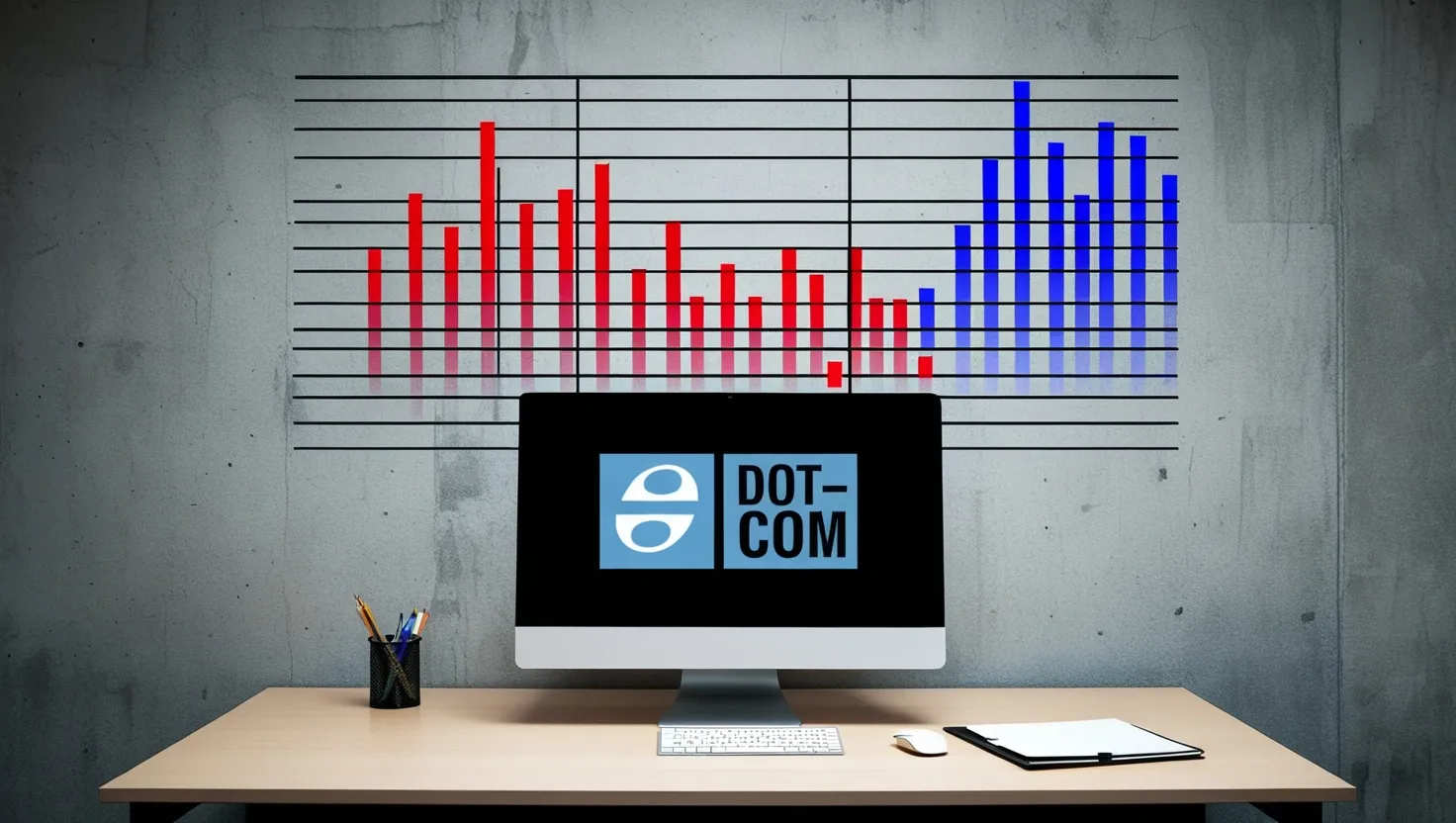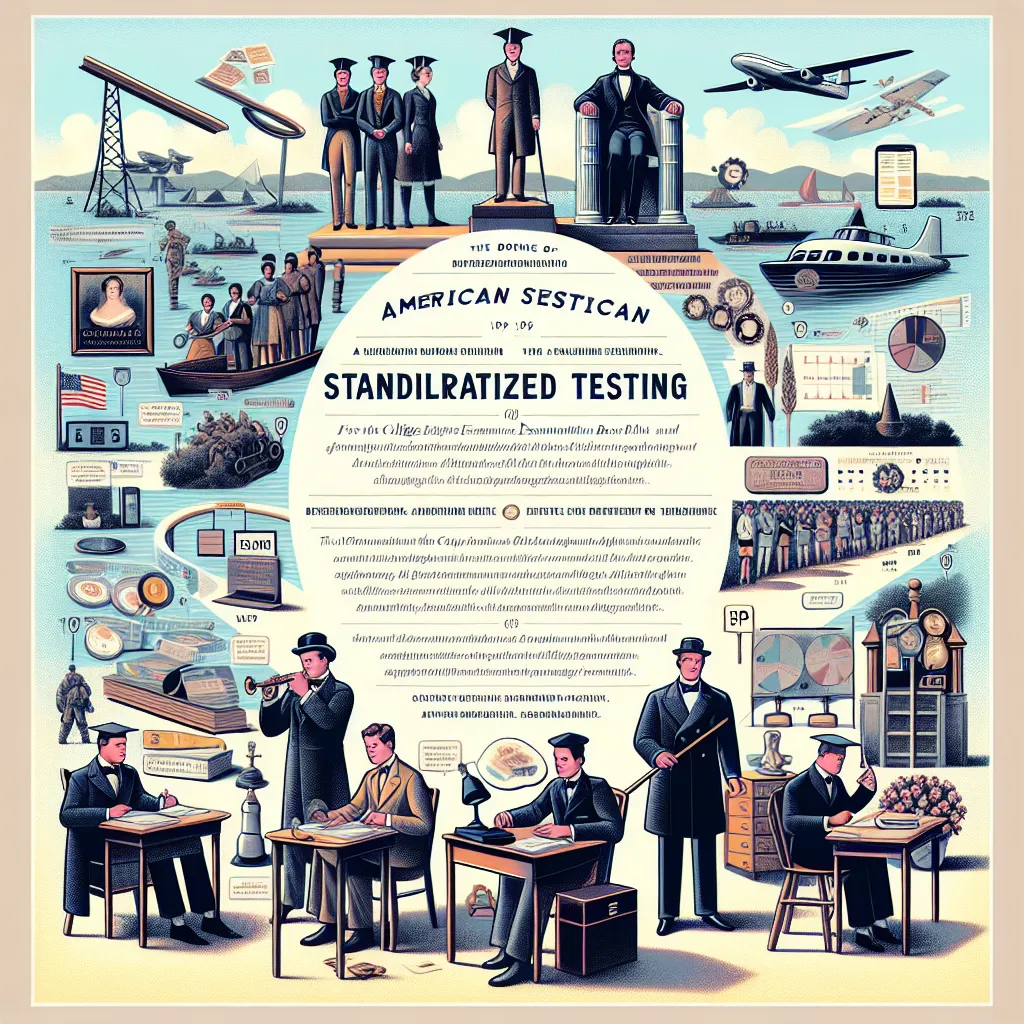Imagine your computer suddenly breaks down. You’re a die-hard PC enthusiast, and your custom-built, ultra-powerful machine is your prized possession. You discover that the processor has fried, probably from all those late-night Kpop sessions. With a sigh, you pick up your phone and order a new one for a casual two thousand dollars. Four hours later, there’s a knock at your door—it’s the FedEx guy with your new processor.
Isn’t it wild how this scene feels so normal today? Fifty years ago, it would seem like pure science fiction. Fast transcontinental deliveries are now so routine, we barely bat an eye. This brings us to the story of FedEx, a company that played a big part in making such quick deliveries a reality.
FedEx’s tale is closely tied to the history of airplanes. Throughout the 20th century, planes transformed logistics. They carried not just bombs and wartime supplies, but also revolutionized commercial air travel. The ’50s and ’60s are often called the Golden Age of Flying, back before we had to deal with cramped seats and crying babies on every flight.
Interestingly, while military and commercial aviation soared, the courier industry lagged behind. Weird, right? You’d think that if planes could carry people, they could easily carry packages too. And they did, just in a more complicated way. Before the 1970s, the airline industry was heavily regulated by the Civil Aeronautics Board (CAB), which controlled everything from fares to flight routes. Most freight was just tossed into the cargo hold of commercial planes, making deliveries slow, especially to smaller cities.
This problem was the subject of an economics essay by a Yale student named Fred Smith. He proposed an overnight delivery service—a radical idea back then. His professor wasn’t impressed and gave him a C. Yet, Fred would go on to revolutionize the industry.
After graduating in 1966, Fred served two tours in Vietnam. Upon returning in 1969, he began working on his courier service idea. With a loan of $4 million from his father’s trust fund, he aimed to speed up the process of check clearing between Federal Reserve banks. Although the Federal Reserve initially agreed to the idea, they backed out later, leaving Fred without a client. Unfazed, he raised $91 million from venture capitalists, bought two Falcon business jets, and incorporated Federal Express on June 18, 1971.
Despite early setbacks, including an oil embargo that doubled fuel prices, Fred didn’t give up. To make payroll one desperate week, he gambled the company’s last $5,000 in Las Vegas and won $27,000 at blackjack. This stroke of luck gave Federal Express enough breathing room to secure more loans and push forward.
Despite competition, Federal Express focused on delivering to smaller cities. By 1977, they were processing 20,000 packages a day and making millions in profits. One of their biggest successes was lobbying for the Airline Deregulation Act of 1978, which lifted many restrictive rules and allowed FedEx to expand rapidly.
By 1981, FedEx was the largest air freight company in the US, operating a sizable fleet of aircraft. They expanded internationally, buying courier companies and increasing their global footprint. In 1994, they simplified their name to FedEx. Today, they are the third-largest air courier in the world, operating multiple divisions and delivering globally.
Fred Smith, the visionary behind it all, is still the CEO, steering FedEx through numerous challenges and expansions. From a college essay to a global giant, FedEx has certainly come a long way. Let’s hope they continue to innovate and thrive, ensuring our vital tech gear arrives swiftly when we need it most. Got any thoughts or other companies you’d like to know about? Drop a comment below! Stay smart!






